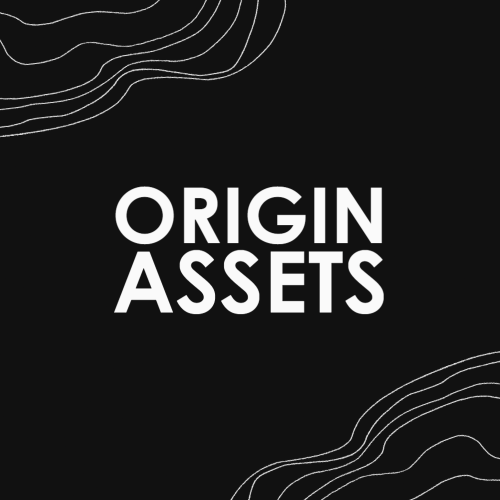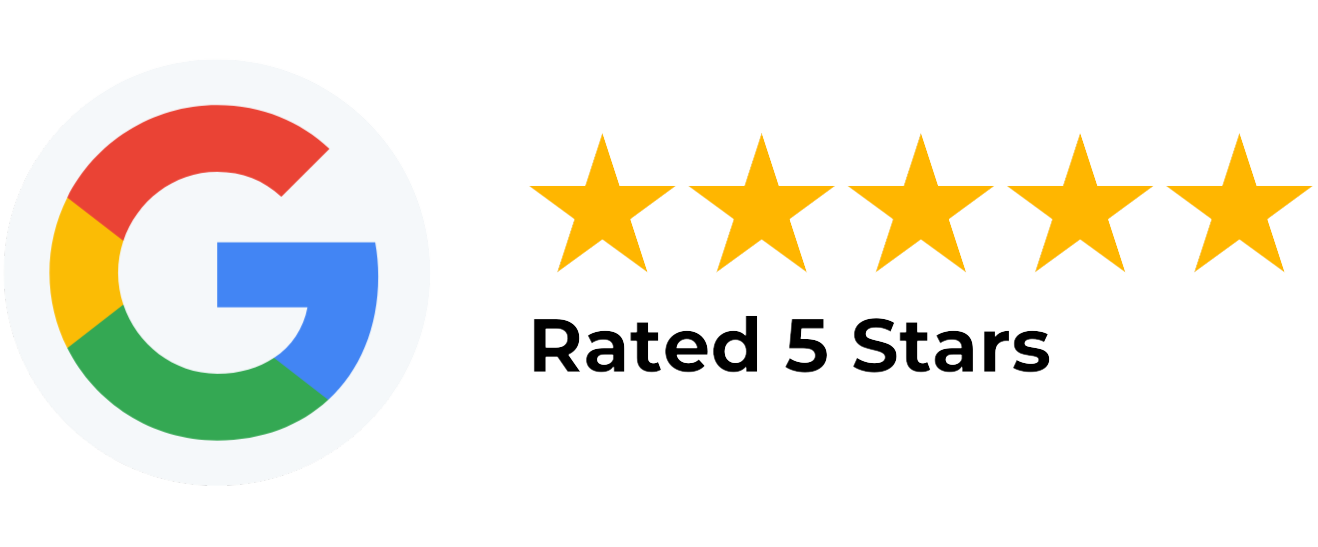
How to Rank on Google Search Labs AI
In today’s rapidly evolving digital landscape, the introduction of Google Search Labs AI Snapshot is revolutionizing how search queries are answered. Traditional search engine optimization (SEO) strategies are shifting to accommodate this new AI-powered feature, which delivers rich, AI-generated answers to user queries directly within the search engine results page (SERP).
To stay competitive and ensure your content ranks in this environment, SEO professionals need to adapt. The key to success? Optimizing for the AI’s primary goal: answering key questions users are asking.
In this comprehensive guide, we’ll walk you through how to optimize your content to rank for Google Search Labs’ AI Snapshot, including:
- Understanding what the Google Search Labs AI Snapshot is
- How AI Snapshot impacts SEO
- Strategies for identifying key questions to target
- How to optimize content to rank for these questions
- How tools like ChatGPT can streamline this entire process
But first, let’s break down the basics.
What is the Google Search Labs AI Snapshot?
Google Search Labs AI Snapshot is a cutting-edge feature that harnesses the power of artificial intelligence to provide direct, succinct answers to user queries in real-time. It’s an extension of Google’s ongoing efforts to make search results more intuitive and responsive, moving beyond traditional text-based search results.
Instead of requiring users to click through multiple links to find the information they need, the AI Snapshot generates detailed answers right within the search results. This feature is especially useful for questions that have clear, concise answers.
The Importance of Key Questions in AI Snapshots
One of the most critical aspects of the Google Search Labs AI Snapshot is its emphasis on answering specific questions. This means that instead of optimizing your content around keywords or phrases, you need to focus on key questions that people are asking.
Questions and answers (Q&A) based content is now more relevant than ever. By creating content that directly answers frequently asked questions (FAQs), you increase the chances of your article being picked up by the AI snapshot.
Why Ranking on AI Snapshots Matters
Ranking for a Google AI Snapshot can significantly boost your website’s visibility. When your content is featured as an AI Snapshot, it appears at the top of the SERP, above even paid ads and organic search results. This prime real estate gives your business instant authority and draws a significant amount of traffic.
So, how can you rank for Google’s AI Overview? The answer lies in understanding how the AI interprets and processes user queries.
Step-by-Step Strategy to Rank on Google AI Snapshot
1. Find the Key Question: What Is Your Audience Asking?
To rank on Google Search Labs AI Snapshot, you must first identify the key questions people in your industry are asking. This requires some research, as the AI snapshot prioritizes content that answers popular questions concisely and comprehensively.
How to Identify Key Questions
- Google Autocomplete: Begin typing a keyword related to your industry in the Google search bar and note the suggested questions that appear in the autocomplete dropdown.
- Google’s “People Also Ask” Section: This feature lists additional questions related to your search query. These are excellent sources for finding frequently asked questions in your niche.
- Quora and Reddit: These platforms are treasure troves of user-generated questions. Simply search for topics related to your industry, and you’ll uncover real-world questions people are asking.
- Industry-Specific Forums and Communities: Look into niche forums where your target audience hangs out. Analyze their posts and discussions to identify common questions.
Example Key Question in Web Design
If you specialize in web design services, for instance, a common question might be:
- “Is WordPress free?”
- “What is the best way to optimize a WordPress site for speed?”
By identifying these types of questions, you’ll be able to create content that directly addresses them, increasing the chances that the AI Snapshot will feature your response.
2. Structure Your Content to Answer Key Questions
Once you’ve identified the key question(s) you want to target, it’s essential to structure your content in a way that Google’s AI can easily extract the most relevant information.
Use a Q&A Format
Present your content in a Question and Answer format to align with how AI snapshots function. For example:
- Question: Is WordPress Free?
- Answer: Yes, WordPress is a free and open-source content management system (CMS). However, there are additional costs associated with hosting, premium themes, and plugins, depending on the level of customization and functionality you need for your website.
By structuring your content this way, Google’s AI can quickly identify the question and pull a clear, concise answer to feature in the snapshot.
Make Use of Headers (H2, H3, H4)
Break your content into easily digestible sections with clear headers. This helps the AI understand the organization of your content, making it easier to pull relevant answers. Use H2 and H3 tags for subheadings that reflect the questions and provide straightforward answers.
Include Lists and Bullet Points
Google’s AI tends to favor content that is easy to scan and digest. Lists, bullet points, and step-by-step instructions are ideal for this.
For example:
- Top 5 Reasons to Use WordPress:
- It’s free and open-source.
- It’s easy to use for beginners.
- It offers a wide range of plugins and themes.
- It’s SEO-friendly.
- It’s highly customizable.
This format is not only reader-friendly but also AI-friendly.
3. Use Conversational Language for Better Engagement
Google’s AI snapshot prioritizes content that sounds natural and conversational. Write in a clear, friendly tone that directly answers the user’s question without unnecessary jargon.
For example, when answering the question, “Is WordPress free?,” you could respond with:
“Yes, WordPress is free to use! It’s an open-source platform, which means you won’t need to pay to download or install it. However, keep in mind that there are costs associated with things like hosting, themes, and plugins.”
This conversational approach makes your content more relatable and easier for the AI to extract.
Leveraging ChatGPT to Create AI-Optimized Content
The good news is that you don’t have to spend hours crafting the perfect SEO article. With tools like ChatGPT, you can generate high-quality, AI-optimized content in seconds.
Example Prompt to Use with ChatGPT
“I have a company called [Your Company Name]. I specialize in [Product or Service]. I need you to act like an SEO professional and write a 1250-word article about [Key Question]. Throughout the article, include 2 or 3 call-to-action areas to get in touch with us. Here is the link that should be featured in the CTA [Insert Your Link].”
By inputting this prompt, you can generate a well-structured article that answers key questions, is optimized for Google’s AI Snapshot, and includes calls to action to drive conversions.
Call to Action Example
Interested in learning more about how to optimize your website for Google’s AI Snapshot? Contact us today at [Insert Your Link] for a free consultation.
FAQs on Ranking for Google Search Labs AI Overview
1. How does the Google AI Snapshot work?
Google AI Snapshot uses artificial intelligence to answer user queries directly in the search results. It pulls from indexed content to generate concise, accurate responses to questions.
2. How can I rank for an AI Snapshot?
To rank for an AI Snapshot, optimize your content to answer key questions that users are asking. Use clear headers, structured content, and concise answers to improve your chances.
3. What type of content does Google AI prefer?
Google’s AI favors content that is conversational, structured, and easy to scan. Q&A formats, lists, and bullet points are particularly effective.
4. How can ChatGPT help with SEO?
ChatGPT can quickly generate optimized content by answering key questions in a format that aligns with Google’s AI requirements.
5. What industries benefit the most from AI Snapshot?
Any industry where users frequently ask specific questions can benefit, from web design and digital marketing to health, finance, and education.
6. Is optimizing for AI Snapshots different from traditional SEO?
Yes, while traditional SEO focuses on keywords, optimizing for AI Snapshots emphasizes answering specific questions concisely and clearly.
Conclusion
Ranking for Google’s Search Labs AI Overview is all about anticipating the key questions users are asking and providing direct, conversational answers. By structuring your content to cater to AI, and using tools like ChatGPT to streamline the process, you can ensure your content stands out in this AI-driven future of search.
Share this article
Written by : Support Desk
Follow us
A quick overview of the topics covered in this article.
Latest articles
May 18, 2025
May 18, 2025
May 18, 2025





